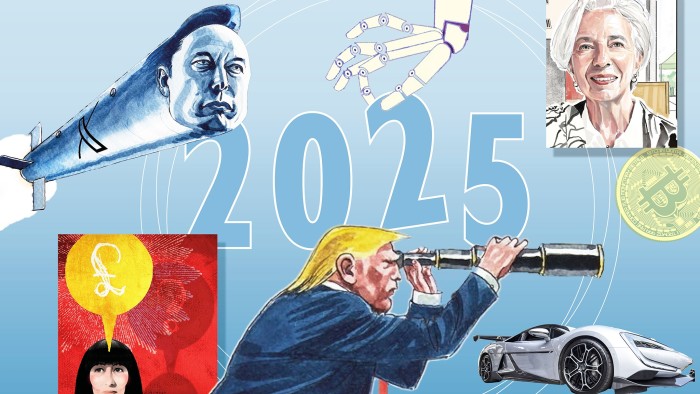As businesses adopt cloud optimization strategies, the focus on efficiency and aligning workloads with business goals grows sharper.
While traditional observability tools focus on core metrics, they often fail to capture whether workloads are performing as intended. This gap, described by industry leaders as the “illusion of efficiency,” underscores the need to align technical performance metrics with business objectives, according to John Purcell (pictured), chief product officer of DoiT International.

DoiT International’s John Purcell talks to theCUBE about cloud optimization strategies.
“If you rely on classic traditional observability systems, they will tell you at a sort of a core metrics basis, am I using the technology I’ve deployed as effectively or as efficiently as I might be?” Purcell said. “What they won’t tell you is that infrastructure are those workloads performing the way we had intended them to operate. By understanding the intent of the workload as you’re deploying it, then you can use the data that’s being fed out of systems to determine whether you are operating efficiently or if it’s just an illusion as we would call it.”
Purcell spoke with theCUBE Research’s Bob Laliberte for theCUBE’s “Cloud AWS re:Invent Coverage,” during an exclusive broadcast on theCUBE, SiliconANGLE Media’s livestreaming studio. They discussed overcoming the “illusion of efficiency” in cloud environments by integrating advanced technology and human expertise. (* Disclosure below.)
How cloud optimization strategies align technology with business goals
Cloud optimization is a multi-faceted endeavor, often categorized into six pillars: operational excellence, security, reliability, efficiency, cost optimization and sustainability. Addressing all these areas holistically is crucial for organizations aiming to maximize the value of their cloud investments, Purcell explained.
“When we engage with our customers, they’re typically maybe more dialed in one area than the other because that’s where they perceive an area of need or that’s where they perceive they need assistance,” Purcell said. “By deploying our technology, we can sort of focus on all six, but when we’re fusing together this idea of machine and human intelligence to hunt for that true underlying efficiency, if we get past that sort of the illusory effect of efficiency, what we find is that companies tend to be more aware of gaps or vulnerabilities in one area versus another.”
While advancements in technology, particularly in artificial intelligence, are transforming the cloud landscape, the importance of human expertise in achieving true efficiency is coming to the fore. While advancements in AI transform the cloud, the fusion of human expertise and cloud optimization strategies drives meaningful efficiency, Purcell concluded.
“Our story starts with deploying technology in the right way and then leveraging it to kind of surface insights we believe are relevant. However, we have over 30,000 customer interactions per year with the human component of our solution,” Purcell said. “Quite often they start with the same core question … and when you take the story the data appears to be telling you or the technology is telling you, and you layer in that contextual knowledge of what the intention was in deploying this, that’s where you really find the insight and you can really laser focus on.”
Here’s the complete video interview, part of SiliconANGLE’s and theCUBE’s “Cloud AWS re:Invent Coverage”:
(* Disclosure: DoiT International sponsored this segment of theCUBE. Neither DoiT nor other sponsors have editorial control over content on theCUBE or SiliconANGLE.)
Photo: SiliconANGLE
Your vote of support is important to us and it helps us keep the content FREE.
One click below supports our mission to provide free, deep, and relevant content.
Join our community on YouTube
Join the community that includes more than 15,000 #CubeAlumni experts, including Amazon.com CEO Andy Jassy, Dell Technologies founder and CEO Michael Dell, Intel CEO Pat Gelsinger, and many more luminaries and experts.
THANK YOU







Leave a Comment